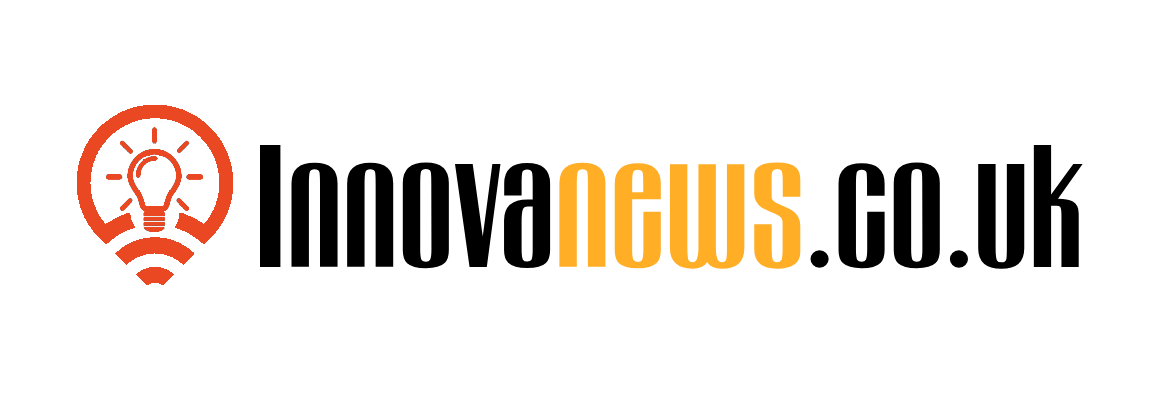Picture this: you’ve just designed the world’s next big thing—let’s say it’s a flying teapot with Wi-Fi. You’re all set to apply for funding in Europe, dreaming of sipping internet-connected Earl Grey from the sky. But then, you face a labyrinth of bureaucratic hurdles that would give even the bravest explorers pause. Indeed, European innovation agencies seem to have a penchant for overly elaborate processes when it comes to project selection. These longstanding procedures ensure that only the most patient inventors, skilled in the dark arts of form-filling, may one day see their dreams take flight. How long can this go on? Call the EU; your flying teapot awaits!
Despite aspirations to launch a European equivalent of the American Darpa, European innovation funding agencies continue to wrestle with lengthy selection processes. While several institutions, such as the European Innovation Council (EIC) and the German Federal Agency Sprind, exist, they have not fully realized the potential of a « European Darpa » due to slow and traditional methods. The ARIA has adopted a more autonomous decision-making model, yet other agencies remain stuck in institutionalized peer reviews that impede innovation speed.

Table of contents
Togglethe enduring nature of europe’s innovation selection processes
European innovation funding is like waiting for a cake to bake; it takes patience and determination. In the continent, where dreams of high-speed technological progress are forged, the reality is somewhat more… leisurely. With selection procedures resembling an extended waltz, these processes could almost be considered an art form, if the definition of art included inducing existential crises. It’s also a chief reason why aspiring innovators often ponder the lyrics of The Clash: « Should I stay or should I go? »
comparison with global counterparts
The process of innovation funding selection in Europe might feel as long as a piece of minimalist jazz but they certainly take a melodious approach. If we look at global counterparts such as the Darpa model in the United States, there’s a stark difference. Darpa tends to favor an approach akin to grabbing a quick latte from your nearest café – fast and effective. In contrast, Europeans face procedures which more closely resemble picking your olives carefully one by one from a well-stocked deli.
One might ponder whether the extended timelines genuinely help foster genius or merely test one’s fortitude. After all, genius without tenacity is like a muffin without blueberries; it’s just not the same.
impact on innovation speed and quality
Many argue that the lengthy selection procedures negatively impact the speed at which innovation can be achieved. Akin to driving a vintage car cross-country when you’d rather take a bullet train, this can frustrate even the most resilient innovators. On the other hand, these processes ensure only the most robust ideas see the light of funding, akin to making sure your soufflé is perfect before serving. But the risk remains that by the time the innovators’ muffins are served, everyone may have already moved on to bagels.














